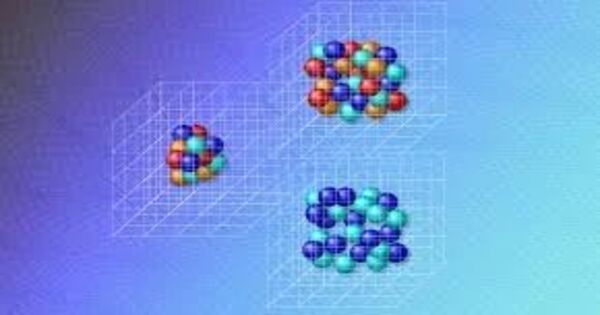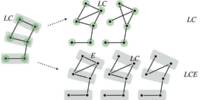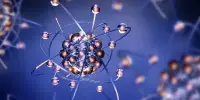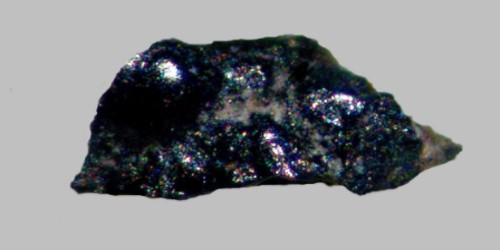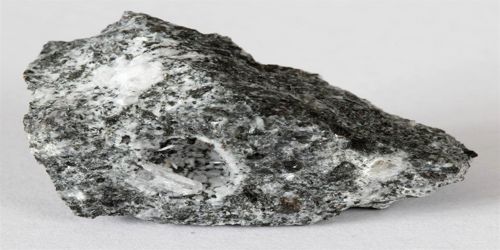Quantum physics and quantum chemistry both rely heavily on strongly interacting systems. Monte Carlo simulations, for example, are a well-established method for studying complex systems. However, these approaches have limitations when so-called sign oscillations occur. An international team of researchers from Germany, Turkey, the United States, China, South Korea, and France used the new wavefunction matching method to tackle this challenge.
For example, this method was used to compute the masses and radii of all nuclei up to mass 50. The findings are consistent with the measurements, the researchers publish in the journal “Nature.”
All matter on Earth consists of tiny particles known as atoms. Each atom contains even smaller particles: protons, neutrons and electrons. Each of these particles follows the rules of quantum mechanics. Quantum mechanics forms the basis of quantum many-body theory, which describes systems with many particles, such as atomic nuclei.
In quantum many-body theory, we are often faced with the situation that we can perform calculations using a simple approximate interaction, but realistic high-fidelity interactions cause severe computational problems.
Dean Lee
The ab initio approach is one of several strategies used by nuclear physicists to explore atomic nuclei. It describes complicated systems by beginning with a description of their basic components and interactions. In nuclear physics, the elementary particles are protons and neutrons. Ab initio calculations can assist answer key concerns about the binding energies and characteristics of atomic nuclei, as well as the relationship between nuclear structure and the underlying interactions between protons and neutrons.
However, these ab initio approaches have difficulty completing accurate computations for systems with complicated interactions. One of these approaches is quantum Monte Carlo simulations. Quantities are calculated using either random or stochastic methods. Although quantum Monte Carlo simulations are efficient and strong, they have a major flaw: the sign problem. It occurs in processes with positive and negative weights that cancel each other. This cancelation results in erroneous final forecasts.
A new approach, known as wavefunction matching, is intended to help solve such calculation problems for ab initio methods. “This problem is solved by the new method of wavefunction matching by mapping the complicated problem in a first approximation to a simple model system that does not have such sign oscillations and then treating the differences in perturbation theory,” says Prof. Ulf-G. Meißner from the Helmholtz Institute for Radiation and Nuclear Physics at the University of Bonn and from the Institute of Nuclear Physics and the Center for Advanced Simulation and Analytics at Forschungszentrum Jülich.

“As an example, the masses and radii of all nuclei up to mass number 50 were calculated — and the results agree with the measurements,” reports Meißner, who is also a member of the Transdisciplinary Research Areas “Modeling” and “Matter” at the University of Bonn.
“In quantum many-body theory, we are often faced with the situation that we can perform calculations using a simple approximate interaction, but realistic high-fidelity interactions cause severe computational problems,” says Dean Lee, Professor of Physics from the Facility for Rare Istope Beams and Department of Physics and Astronomy (FRIB) at Michigan State University and head of the Department of Theoretical Nuclear Sciences.
Wavefunction matching addresses this issue by deleting the short-distance portion of the high-fidelity interaction and replacing it with the short-distance portion of an easily calculable interaction. This transformation maintains all of the crucial aspects of the original realistic interaction. Because the new wavefunctions are comparable to those of the easily computable interaction, the researchers may now undertake calculations using the easily computable interaction and a conventional approach for addressing tiny adjustments known as perturbation theory.
The researchers used this new method to perform lattice quantum Monte Carlo simulations of light nuclei, medium-mass nuclei, neutron matter, and nuclear matter. The results, obtained through precise ab initio calculations, closely matched real-world data on nuclear parameters like size, structure, and binding energy. Wavefunction matching allows us to conduct calculations that were previously impossible due to the sign problem.
While the study team concentrated solely on quantum Monte Carlo simulations, wavefunction matching could be useful for a variety of ab initio methodologies. “This method can be used in both classical computing and quantum computing, for example to better predict the properties of so-called topological materials, which are important for quantum computing,” Meißner explains.
